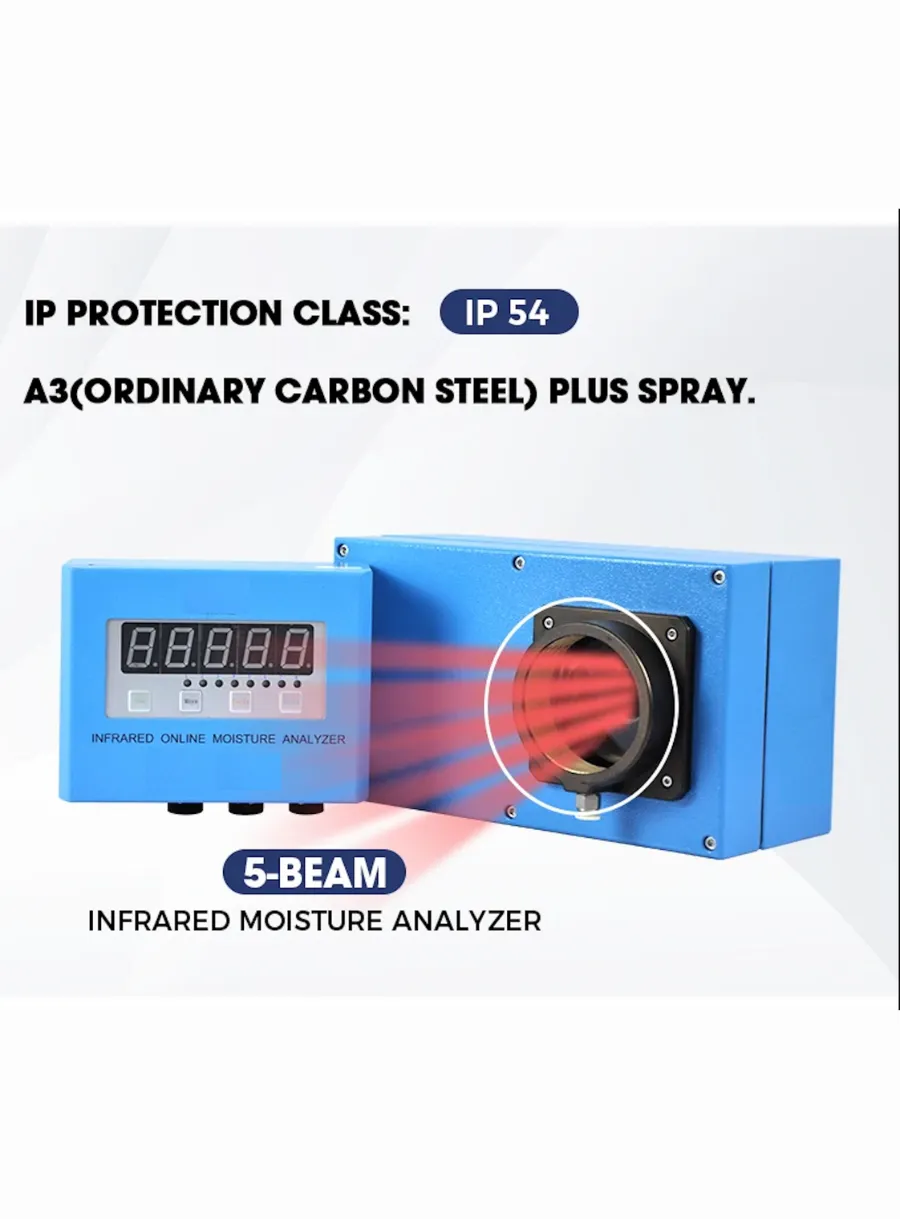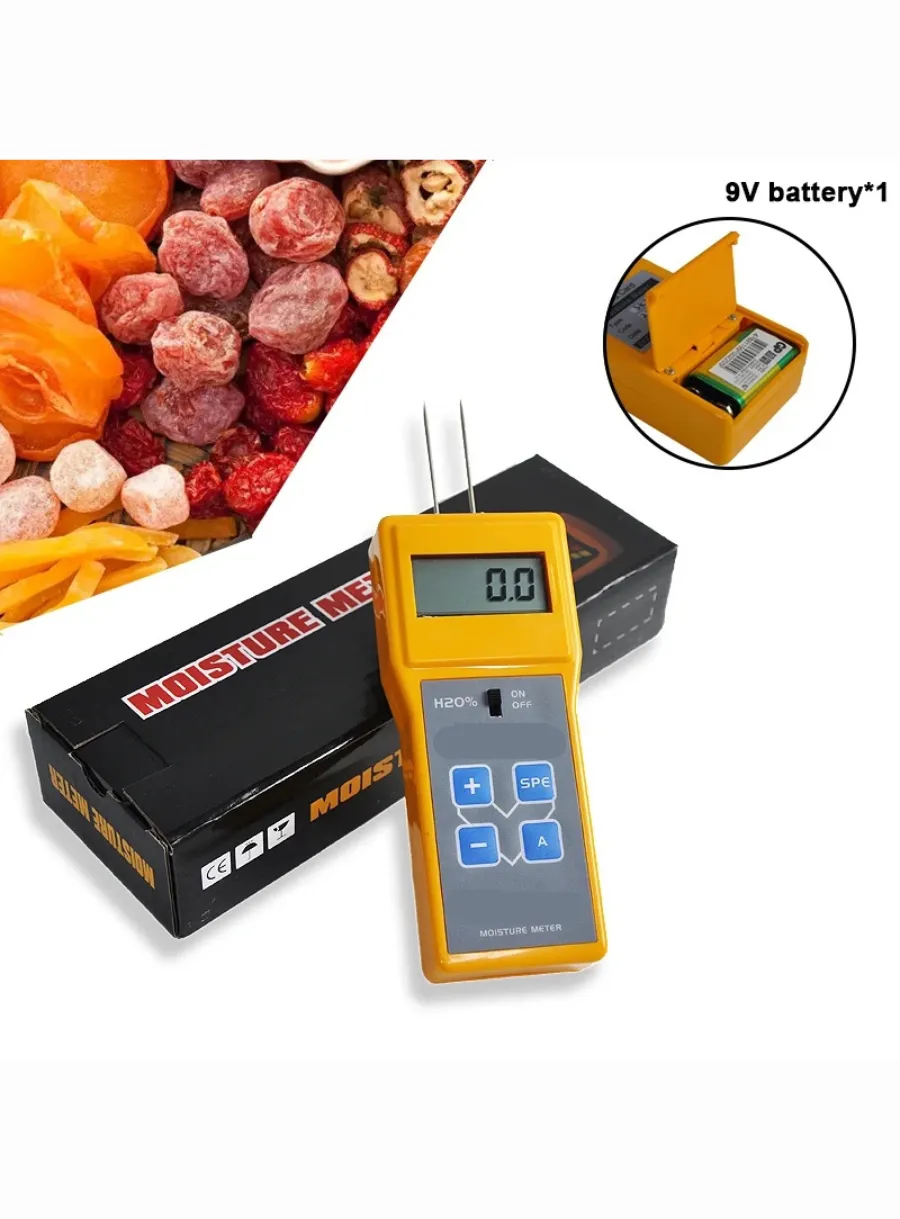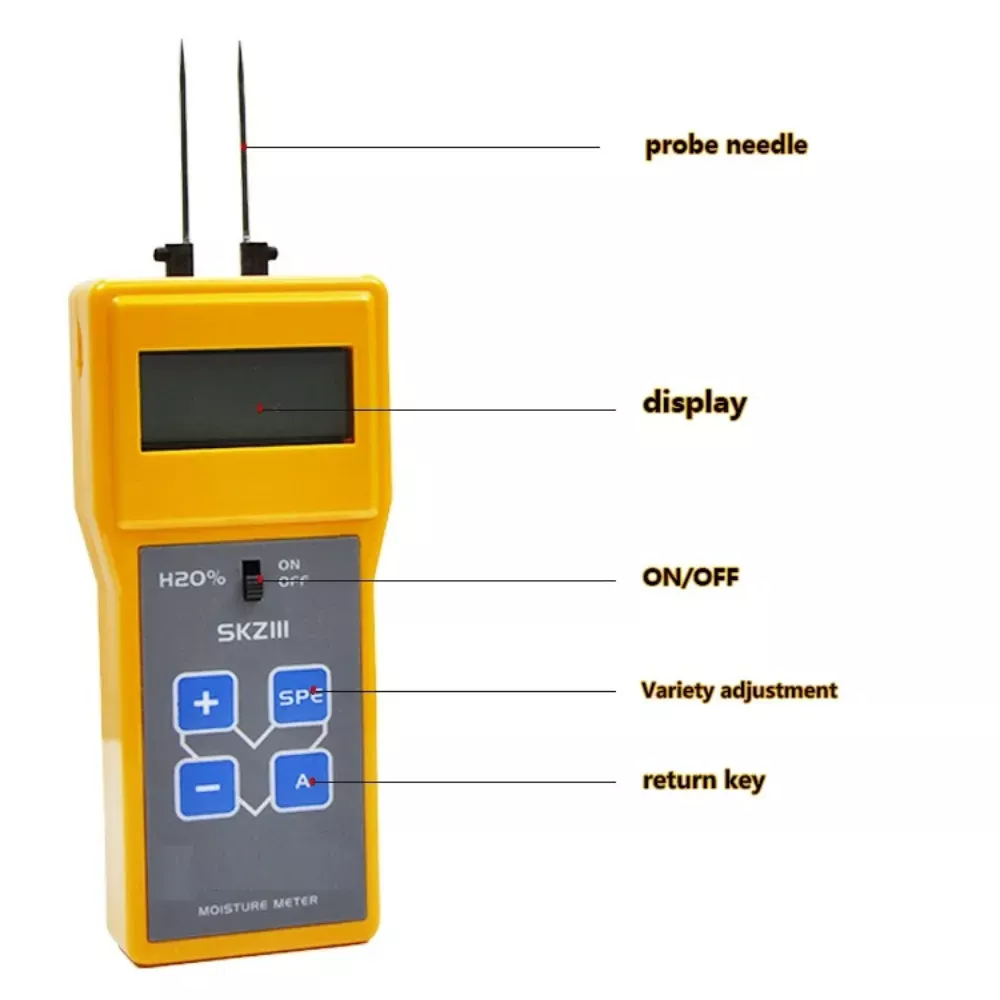
Limitations of Moisture Meters for Freeze Dried Food Work
Table of Contents
One of the primary challenges in developing Moisture Meters for Freeze Dried Food is the potential ambiguity in user requirements. Poorly defined or vague specifications can lead to misunderstandings and ultimately result in products that do not meet user expectations, requiring costly rework. It is crucial that requirements are articulated clearly and are measurable, for instance by specifying that “The device must display moisture levels within 2% accuracy.”

Another limitation stems from the constantly evolving nature of market trends and user needs. As these requirements change throughout the project lifecycle, they can lead to scope creep, complicating development and potentially causing delays. An agile approach, which allows for the iterative refinement of requirements, is often necessary to keep pace with such changes.

Underestimating Non-Functional Requirements
Non-functional requirements, which include aspects such as durability, battery life, and user interface design, are often underestimated in terms of their impact on the product’s performance and user satisfaction. Conducting thorough impact analysis for these requirements is essential, as neglecting them can lead to significant underperformance.
Stakeholder Engagement
Insufficient involvement from stakeholders can result in the development of Moisture Meters for Freeze Dried Food that do not align with user needs or business objectives. Engaging stakeholders early in the process through workshops and prototype testing is vital to ensure the final product is effective and well-received.
Integration Challenges
Integration and interoperability with existing systems can also pose limitations. Ensuring seamless communication between the Moisture Meter for Freeze Dried Food and other food preservation tools or inventory systems is critical. Failure to address these compatibility issues can lead to functional discrepancies and reduce the overall utility of the product.
Prioritization of Features
With an extensive list of potential features, distinguishing between essential and non-essential functionalities can be challenging. This may result in resources being allocated to low-priority features that do not significantly enhance user experience or satisfaction. Employing prioritization techniques, such as MoSCoW or numerical ranking, can help address this challenge by focusing development efforts on the most impactful features first.
Comments
Tags
Frequently Asked Question
The main challenge is ambiguity in user requirements. Poorly defined or vague specifications can lead to misunderstandings and products that don’t meet user expectations, potentially requiring costly rework.
Evolving market trends and changing user needs throughout the project lifecycle can lead to scope creep, complicating development and potentially causing delays. An agile approach is often necessary to keep pace with these changes.
Insufficient stakeholder involvement can result in products that don’t align with user needs or business objectives. Early engagement through workshops and prototype testing is vital to ensure the final product is effective and well-received.
Integration and interoperability with existing systems can be challenging. Ensuring seamless communication between the moisture meter and other food preservation tools or inventory systems is critical to avoid functional discrepancies and reduced utility.

